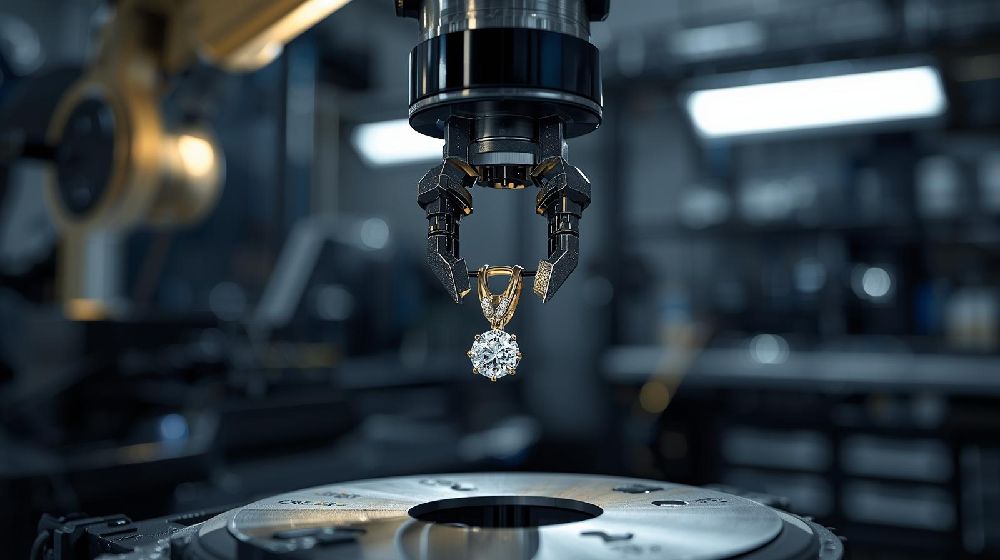
In the world of fine jewelry, beauty isn’t just about shine — it’s about precision, perfection, and purpose. Every curve, every polish, and every cut is a testament to the skill and technology behind the piece. Before a design reaches its final brilliance, it undergoes a journey of testing, refinement, and finishing — a process that defines the standard of true luxury.
1. The Science Behind the Shine
At first glance, jewelry may appear effortlessly radiant, but behind every flawless finish lies a series of scientific checks. Metals are tested for purity using advanced XRF (X-ray fluorescence) technology to ensure that gold, silver, or platinum meet exact karat standards. Gemstones undergo rigorous authenticity verification to confirm color, clarity, and carat accuracy. This scientific precision ensures that every piece not only looks stunning but meets international quality benchmarks.
2. Precision Cutting and Craftsmanship
Cutting is where craftsmanship meets engineering. Each facet of a gemstone must be perfectly aligned to maximize brilliance. With the use of CNC machines, laser-guided cutting, and micro-polishing tools, modern jewelry achieves levels of symmetry and finish once possible only by hand. This fusion of artistry and technology ensures every reflection, every sparkle, is intentional and enduring.
3. The Role of Quality Testing in Perfection
Before a jewelry piece earns its final polish, it undergoes several quality checkpoints. These include structural integrity tests, surface finish inspections, and clasp or lock durability assessments. Every component — from stone setting to welding joints — is examined under magnification. These micro-level checks guarantee that the product will not only captivate at first sight but also stand the test of time.
4. The Art of Finishing
Finishing is where the magic truly happens. Techniques such as high-gloss polishing, satin texturing, rhodium plating, and laser engraving bring out the jewelry’s final character. Skilled artisans work meticulously to eliminate even the slightest imperfection, ensuring a mirror-like surface that reflects both light and craftsmanship. The finishing process transforms raw creation into wearable art — elegant, refined, and enduring.
5. Why Quality Defines Legacy
For leading jewelry manufacturers, quality is more than a benchmark — it’s a philosophy. Each step, from metal testing to the final polish, represents a promise of trust and longevity. In an age where designs evolve rapidly, quality remains the true signature of craftsmanship — ensuring that every jewelry piece tells a story of excellence and expertise.
Conclusion
Fine jewelry is not just made — it’s perfected. The process of testing and finishing defines the integrity of every cut, curve, and contour. For visionaries like Vishal Choksi, the pursuit of quality is an art form in itself — one that transforms brilliance into legacy, and craftsmanship into timeless beauty.



